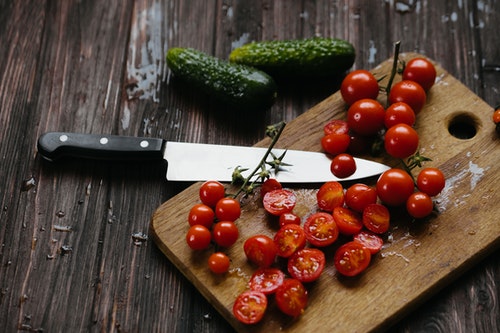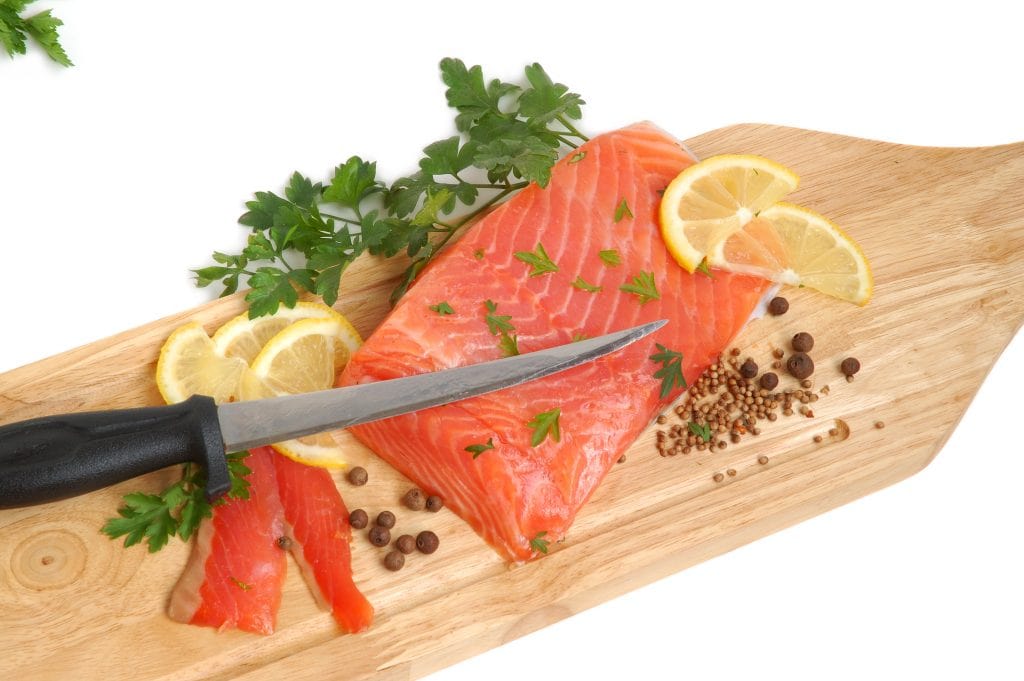Proper maintenance of a knife blade is crucial for its longevity and performance. One of the most important aspects of knife care is ensuring that the blade is well-oiled. In this article, we’ll dive deep into how to oil a knife blade, ensuring your knife remains sharp, rust-free, and ready for any kitchen task.

Why Oiling Your Knife Blade is Important
Oiling your knife blade is essential for several reasons. Firstly, oiling prevents rust and corrosion, which can significantly reduce the lifespan of your knife. Secondly, a well-oiled blade provides a smoother cutting experience, reducing friction and making your tasks more efficient.
Types of Oils Suitable for Knife Blades
When it comes to oiling your knife blade, not all oils are created equal. Here are some of the best options:
- Mineral oil
- Vegetable oil
- Camellia oil
- Honing oil
Each of these oils has unique properties that make them suitable for knife maintenance.
Step-by-Step Guide to Oiling a Knife Blade
Step 1: Clean the Blade
Before applying any oil, it’s crucial to clean the blade thoroughly. Use a gentle detergent and warm water to remove any dirt, debris, or old oil from the blade. Dry it completely with a soft cloth to prevent water spots.
Step 2: Apply the Oil
Using a soft cloth or paper towel, apply a small amount of your chosen oil to the blade. Spread it evenly across the entire surface, ensuring that all parts of the blade are covered. Be sure to apply a thin layer to avoid any buildup.
Step 3: Wipe Off Excess Oil
After letting the oil sit for a few minutes, use a clean cloth to wipe off any excess. This step ensures that the blade is not sticky and prevents dust and dirt from adhering to it.

When to Oil Your Knife Blade
The frequency of oiling your knife blade depends on how often you use it and the environmental conditions it’s exposed to. As a general rule, oil your blade every few weeks if you use it regularly. For knives stored for long periods, oiling before storage is advisable.
Common Mistakes to Avoid
Even though oiling a knife blade seems straightforward, there are a few common mistakes to watch out for:
- Using too much oil
- Not cleaning the blade properly before oiling
- Using inappropriate oils
Avoiding these mistakes will ensure that your knife blade remains in top condition.

Tools and Materials Needed
Here’s a list of tools and materials you’ll need to oil your knife blade:
- Soft cloth
- Gentle detergent
- Chosen oil
- Dry cloth
Frequently Asked Questions
What is the Best Oil for Knife Blades?
Mineral oil is commonly recommended due to its food-safe properties and ease of application.
Can I Use Olive Oil on My Knife Blade?
While olive oil can be used in a pinch, it’s not ideal for long-term maintenance as it can go rancid and leave a sticky residue.
How Often Should I Oil My Knife?
If used frequently, oil your knife every few weeks. For knives not in regular use, oiling before storage is recommended.
Additional Resources
- Fillet Knife for Salmon
- Sharpen Chef Knife
- Sharpen Rapala Fillet Knife
- Serbian Chef Knife
- Professional Chef Knife Set
For more information on different types of kitchen knives and their uses, check out this external resource.
As an Amazon Associate, I earn from qualifying purchases.


